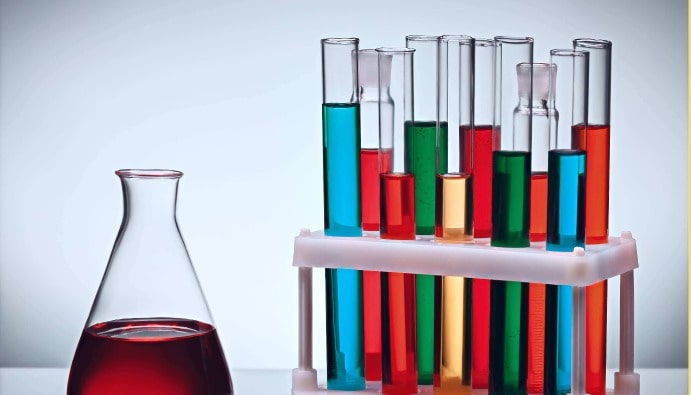Poly Aromatic Hydrocarbons (PAH) Test
Poly Aromatic Hydrocarbons (PAH) Test

They can enter food either from the environment or during food processing. Some PAHs are known to cause cancer because they can damage DNA. Therefore, it is important that current levels in foods are low enough to be reasonably achievable.
After the first regulatory limits for food were set in 2006, the European Food Safety Authority (EFSA) has published a Scientific Opinion (Opens in a new window) It has identified 16 possible health problems occurring in food PAHs. EFSA recommended that any adjustment should be based on the sum of four of the most frequently occurring PAHs. As a result, regulatory limits have been set for foods that are considered to be at the highest risk of contamination and these are set out in Regulation 1881/2006.
It can perform Poly Aromatic Hydrocarbons (PAH) testing on the following foods:
• Bivalve shellfish accumulate PAH from seawater and sediment. Therefore, limits are imposed to ensure that heavily contaminated mussels or oysters do not enter the food chain.
• Smoked products
• Certain cooked meat products such as grilled burgers
• Certain types of dry food, including spices and plant or algae-based supplements, may be susceptible to PAH contamination if not dried properly.
